How to Create a Safe Space for Kids with Autism?
Learn how to create a safe space for autism, embracing sensory needs and fostering comfort for your child!


Creating a Calming Environment
Establishing a calming environment is essential for supporting children with autism. This involves careful consideration of sensory factors and the overall aesthetic, including lighting and color schemes.

Sensory Considerations
When creating a safe space for autism, sensory factors are key. Each individual with autism has unique sensory sensitivities, which can include heightened or reduced awareness of touch, sound, smell, and taste. Because of this, it is important to create an environment that minimizes sensory overload and enhances comfort.
Here are some suggestions for sensory considerations:
Sensory FactorRecommendationsClutter LevelsKeep spaces organized and free from excess itemsTexturesUse a variety of soft and smooth materialsNoise LevelsLimit loud noises; use sound-absorbing materialsSensory ToolsInclude calming items like weighted blankets
Lighting and Color Schemes
The impact of lighting and colors can significantly influence a child's ability to relax and feel safe. Bright, harsh lights can lead to sensory overload, while softer, natural lighting can create a soothing atmosphere. Moreover, color choices play a critical role in setting the mood of the space. Certain colors can either stimulate or calm the mind [2].
ColorEffectLight BlueCalming and relaxingSoft GreenFresh and peacefulYellowCheerful but can be stimulatingBright Red or OrangeEnergizing but may overwhelm
In summary, focusing on sensory considerations and the right lighting and colors can help create a safe space that caters to the needs of children with autism. For further insights on managing sensory issues, see our article on how to manage autism sensory issues?. Creating this environment not only supports relaxation but also promotes well-being and comfort for children on the spectrum.

Promoting Social Interactions
Fostering social interactions is essential for children diagnosed with autism. Parents can implement strategies to enhance social skills and create inclusive environments that promote connections with peers.
Social Skills Development
Developing social skills in children with autism greatly improves their ability to interact and navigate social situations effectively. Tailored strategies can be utilized consistently to enhance these skills. Some effective approaches include:
StrategyDescriptionSocial Skills GroupsProvide a controlled environment for children to practice social skills with peers who understand their experiences. They can facilitate friendships and connection.Social NarrativesUse individualized stories that outline expected social behaviors in various situations to improve understanding and reactions.Comic Strip ConversationsA visual tool that helps children understand social scenarios and encourage dialogue through drawings.Visual SupportsProvide cues to help children understand and follow social interactions.Modeling and Video ModelingDemonstrate desired behaviors through live demonstrations or videos to help children visualize social interactions.
Implementing these strategies can help mitigate feelings of isolation, bullying, and anxiety that may arise from difficulties in social interactions. Autistic individuals often face social challenges leading to frustration and low self-esteem, and providing support is crucial [3].
Inclusive Environments
Creating inclusive and supportive environments is vital for promoting social interactions among autistic children. Social skills groups can effectively provide frameworks for practicing social interactions in a safe space. Here are several components that contribute to inclusive environments:
ComponentBenefitsPeer UnderstandingHaving peers who understand autism can create a more accepting atmosphere. It encourages more genuine interactions.Structured ActivitiesEngaging in group activities allows individuals to develop their social skills while having fun and learning through play.Positive ReinforcementCelebrate small successes to boost self-esteem and encourage further participation in social situations.Flexible ParticipationAllowing children to engage at their own comfort levels fosters a sense of safety and willingness to interact.
Strategies like creating these environments can significantly improve social interactions and foster meaningful connections. Tools such as how to explain autism to peers? can help children communicate their experiences and foster a greater understanding of their unique needs.
Enhancing Life Skills
Equipping children diagnosed with autism with essential life skills is crucial for fostering independence and enhancing their quality of life. This section will address two vital areas of life skills: independence and self-care, as well as executive function skills.
Independence and Self-Care
Independence is fundamental for individuals with autism, enabling them to thrive at home, school, and in the community. Teaching basic life skills, often referred to as independent living skills, can significantly boost self-esteem and lead to a more fulfilling life. These skills include activities such as:
Life SkillDescriptionSelf-CarePersonal hygiene, grooming, and dressingCookingPreparing simple meals and snacksMoney ManagementBasic budgeting and understanding moneyShoppingMaking a shopping list and purchasing itemsRoom OrganizationKeeping personal spaces tidy and organizedTransportationUnderstanding public transport options
These skills should be learned gradually, starting in early childhood and continuing through adolescence into adulthood. One effective approach to teaching these skills is assessing the individual's current capabilities to identify areas needing improvement. Visual supports, such as checklists, can be particularly helpful in guiding children as they learn to perform tasks independently. For more detailed strategies, visit our article on how to encourage independence in autism?.
Executive Function Skills
Executive function skills are essential for managing daily tasks and making decisions. These skills encompass planning, organization, time management, and problem-solving. Children with autism may face unique challenges in these areas, making explicit teaching and support critical.
Executive Function SkillDescriptionPlanningSetting goals and outlining steps to achieve themOrganizationKeeping tools, materials, and information orderlyTime ManagementUnderstanding how to manage time effectivelyProblem-SolvingAnalyzing situations and determining appropriate actions
Teaching executive function skills can be integrated into everyday activities. For instance, using timers can help children develop an understanding of elapsed time while completing tasks. Incorporating routines can also aid in reinforcing these skills over time.
It’s vital for parents to be patient and supportive, fostering an environment where children can practice these skills without fear of failure. For further resources on supporting children with autism, explore our article on how to support autistic teenagers? and aba therapy techniques for nonverbal autism.
Focusing on enhancing independence and executive function skills will significantly contribute to creating a safe space for autism. Building these life skills can empower children, preparing them for a successful and fulfilling future.
Nurturing Safety
Creating a secure environment for children with autism involves understanding their unique sensory needs and teaching essential safety skills. These elements work together to help children navigate their surroundings safely and effectively.
Understanding Sensory Needs
Sensory sensitivities in autistic children can make it challenging for them to recognize or respond to environmental hazards. Some may be hypersensitive to stimuli such as loud noises and bright lights. Addressing these sensory triggers is vital for implementing safety measures. Understanding each child's specific sensitivities can help parents create a safer space for their child.
To manage sensory issues effectively, a table of common sensory sensitivities and potential strategies can be beneficial:
Sensory SensitivityDescriptionStrategyAuditorySensitivity to loud noisesUse noise-canceling headphones or create a quiet spaceVisualDiscomfort with bright lights or busy visualsUtilize soft lighting and minimize visual clutterTactileDislike for certain texturesOffer a variety of textures or use clothing with soft fabricsOlfactoryOverwhelmed by strong smellsKeep environments free from heavy scents and choose mild products
Recognizing these needs allows for the establishment of a sensory-friendly environment, which is crucial for promoting safety and comfort.
Teaching Safety Skills
Teaching safety skills is essential for autistic children who may struggle to understand danger due to challenges in social communication, cognitive processing, or sensory integration. Each child’s comprehension level varies, making it necessary to tailor safety instruction accordingly [6].
Key strategies for teaching safety skills include:
By understanding sensory needs and effectively teaching safety skills, parents can foster a safer and more secure environment for their autistic children. For additional resources on encouraging independence, consider visiting how to encourage independence in autism?.
Autism-Friendly Spaces
Creating an autism-friendly environment involves carefully considering design elements that enhance comfort and safety for individuals with autism. This section focuses on sensory-friendly designs and effective behavioral support strategies.
Sensory-Friendly Designs
Designing spaces with sensory needs in mind is essential for individuals with autism. Sensory considerations include aspects like touch, sound, smell, and sight. For instance, lighting can be adjusted to minimize glare, while color schemes can use soft, calming hues to create a soothing atmosphere. Here are a few design tips:
Design ElementRecommendationsLightingUse natural light when possible, and opt for dimmable LED lighting to control brightness. Avoid harsh fluorescent lights.Color SchemesSoft pastels or neutral colors can be more soothing than bright shades.Clutter ManagementKeep spaces organized and decluttered to reduce visual distractions.Sound ManagementConsider including noise-canceling materials, such as rugs and curtains, to absorb sound. Provide quiet areas where individuals can retreat if overwhelmed.
Individuals with autism may have heightened or reduced sensitivity to sensory inputs, meaning their needs can vary significantly. Recognizing these differences is crucial for creating an accommodating environment.
Behavioral Support Strategies
Behavioral support strategies play a significant role in ensuring that individuals with autism feel safe and supported in their spaces. This includes implementing routines, clear expectations, and social skills development. Here are some practical strategies:
StrategyDescriptionVisual SchedulesUse visual aids to help individuals understand their daily routines and transitions, reducing anxiety.Social Skills GroupsFacilitate groups where individuals with autism can practice social interactions in a supportive environment. This fosters connections and improves social skills.Positive ReinforcementEncourage desired behaviors by rewarding positive actions. This helps build confidence and engagement.Sensory BreaksSchedule regular breaks where individuals can engage in sensory activities that help them self-regulate and recharge.
By integrating sensory-friendly designs and robust behavioral support strategies, parents can create safe environments that support the well-being and growth of their children with autism. For more insights on enhancing independence, refer to our guide on how to encourage independence in autism?.
Supporting Autistic Individuals
Creating a safe space for children with autism involves not only understanding their needs but also actively involving them in the process of tailoring programs and strategies that work best for them.
Tailoring Programs
Developing customized programs that meet the specific needs of children with autism is essential. This can enhance their ability to interact socially and navigate various situations. Parents can utilize tailored strategies consistently to improve social skills, which can lead to better overall interactions.
When creating individualized plans, consider the following aspects:
ComponentDescriptionInterestsIncorporate personal interests to engage the child.Social Skills DevelopmentFocus on specific social cues and interactions that may need support.Sensory ConsiderationsAdapt activities considering sensory sensitivities.GoalsSet achievable and specific goals for improvement.
Each program should be flexible, allowing adjustments based on the child's progress. Engaging with professionals can provide valuable insights and methodologies tailored to each child's unique profile.
Involving Autistic Individuals
Involving children with autism in discussions about their preferences and experiences creates a sense of agency and understanding. This can lead to more effective communication and better outcomes in their interactions and experiences.
Establishing inclusive and supportive environments is crucial. Parents can encourage participation in social skills groups where children can practice interactions with peers who share similar experiences. These groups cultivate connections and friendships, helping to build self-confidence and reduce feelings of isolation.
When supporting autistic individuals, it is important to understand their unique sensory needs. Some children may benefit from specific types of touch, pressure, or sensory input, creating a sense of calm and safety in their environment. Understanding these sensory preferences can help shape both their personal space and the activities they engage in [2].
For more insights on how to foster independence, refer to our guide on how to encourage independence in autism?. Additionally, parents can learn how to manage sensory issues effectively by checking out how to manage autism sensory issues?.
References
[2]:
[3]:
[4]:
[5]:
[6]:
[7]:
Find More Articles

How ABA Therapy Helps Reduce Repetitive and Rigid Behaviors

Energy-Efficient Autism Community Resources

How to Use ABA Therapy to Reduce Excessive Repetitive Behaviors

The Role of Play in ABA Therapy

The Benefits of Combining ABA Therapy with Other Support Services

How ABA Therapy Helps Develop Self-Confidence in Children with Autism

The Role of Play-Based ABA Therapy in Early Childhood Development

The Role of Goal-Oriented Sessions in ABA Therapy

How ABA Therapy Works: A Step-by-Step Guide

The Role of Self-Management Strategies in ABA Therapy

How ABA Therapy Supports Emotional Expression in Children

The Role of Parent Training in ABA Programs

How ABA Therapy Supports Positive Transitions Between Activities

How to Reinforce ABA Learning in Community Settings

The Role of Functional Behavior Assessments in Preventing Problem Behaviors

How School-Based ABA Therapy Supports Classroom Success

How to Choose Between At-Home and Center-Based ABA Therapy

How ABA Therapy Helps Develop Conflict Resolution Skills
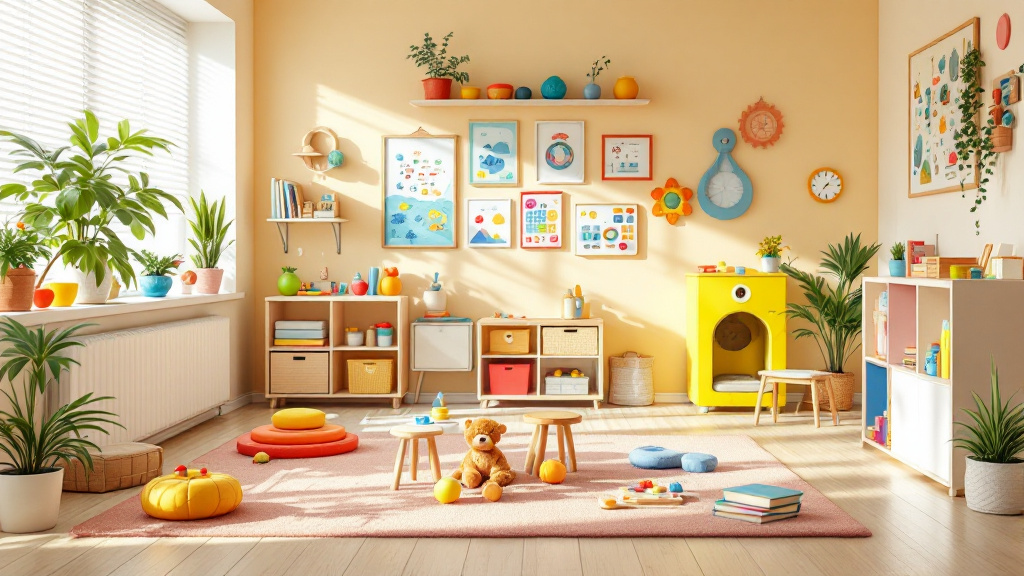
How to Identify the Best ABA Provider for Your Child

How to Use Token Economies in ABA Therapy

The Role of Peer Modeling in ABA Therapy Success

The Benefits of Naturalistic Teaching Approaches in ABA Therapy

What Is the ABCs of Behavior in ABA Therapy?

The Benefits of Group ABA Therapy for Social Skill Development

How to Encourage Positive Social Interactions with ABA Strategies

How to Introduce New Skills in ABA Therapy Without Overwhelming Your Child

The Benefits of Combining ABA Therapy with Other Interventions

Solar Power for Autism Support Networks

How to Address Hyperactivity with ABA Therapy

Common Misconceptions About ABA Therapy

Understanding the Principles of Positive Reinforcement

Understanding the Principles of Positive Reinforcement

Understanding the Principles of Positive Reinforcement

How ABA Therapy Supports Transitions Between Activities

Understanding the Principles of Positive Reinforcement

How to Identify and Celebrate Small Successes in ABA Therapy Progress

Understanding the Principles of Positive Reinforcement

How to Introduce Visual Schedules for Better Behavior Management

How ABA Therapy Can Reduce Self-Injurious Behaviors

How ABA Therapy Supports Academic Success

The Importance of Early Signs Recognition and ABA Intervention

How ABA Therapy Helps Improve Comprehension and Listening Skills

How to Use Visual Schedules to Support Your Child’s ABA Goals

How ABA Therapy Supports Self-Help Skills Like Dressing and Eating

How ABA Therapy Supports Behavioral Success in Community Settings

How ABA Therapy Helps Build Independence in Daily Activities

Building Social Skills Through ABA Therapy Techniques

The Role of School-Based Behavior Intervention Plans (BIPs)
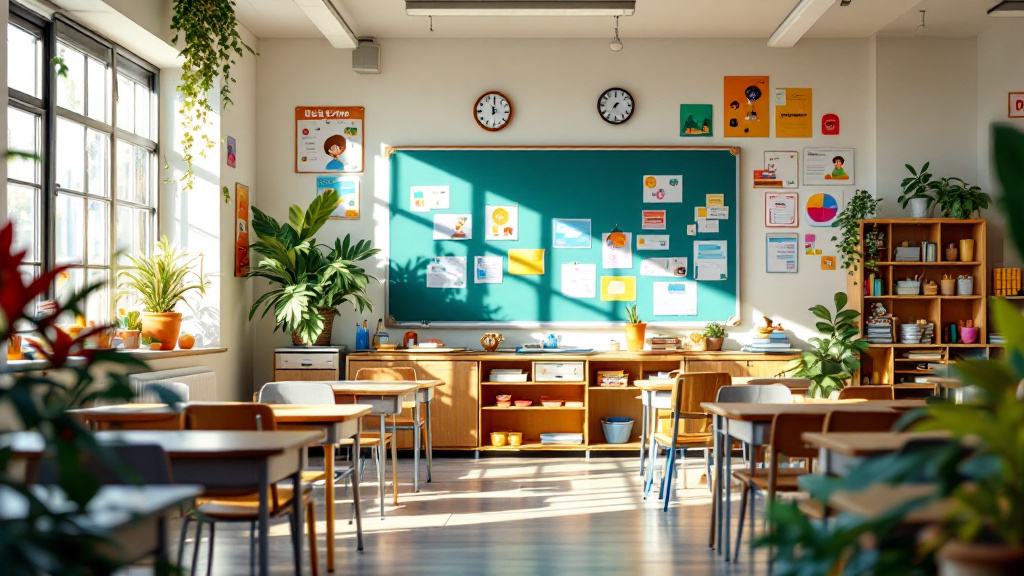
The Benefits of Scripting and Role-Playing in ABA Therapy

How to Help Your Child Develop Coping Strategies with ABA Therapy

How to Address Hyperactivity and Attention Challenges with ABA Therapy

How to Help Your Child Develop Coping Strategies with ABA Therapy

How ABA Therapy Addresses Challenging Behaviors

The Importance of Social Skill Groups in ABA Therapy

How ABA Therapy Addresses Challenging Behaviors

The Role of Task Analysis in ABA Therapy for Teaching New Skills

How ABA Therapy Helps Improve Focus and Attention in the Classroom
%2520(1).jpeg)
Assessment Tools For People With Autism

Autism And Chronic Pain

How to Use Social Stories to Enhance ABA Therapy Outcomes

How ABA Therapy Helps Prepare Children for School Success

How School-Based ABA Therapy Can Improve Academic Performance

How to Address Resistance to ABA Therapy and Build Engagement

How to Use ABA Therapy to Develop Self-Help Skills in Daily Routines

How to Use Role-Playing in ABA Therapy for Skill Development

How to Handle Regression in Skills During ABA Therapy

How ABA Therapy Supports Social Communication Development
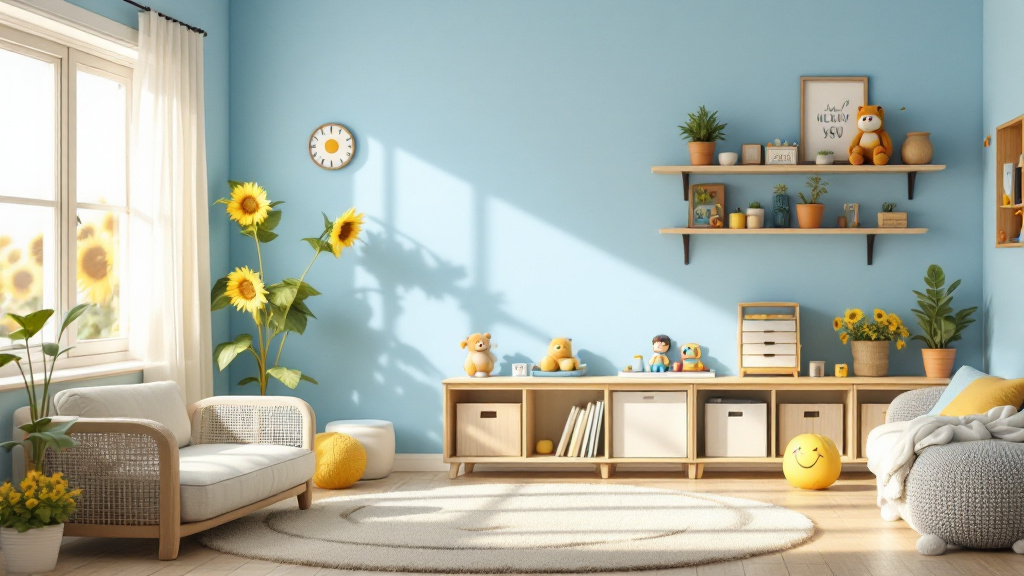
How to Find the Best ABA Therapy Provider for Your Child

How to Create a Reward System That Motivates Your Child in ABA Therapy
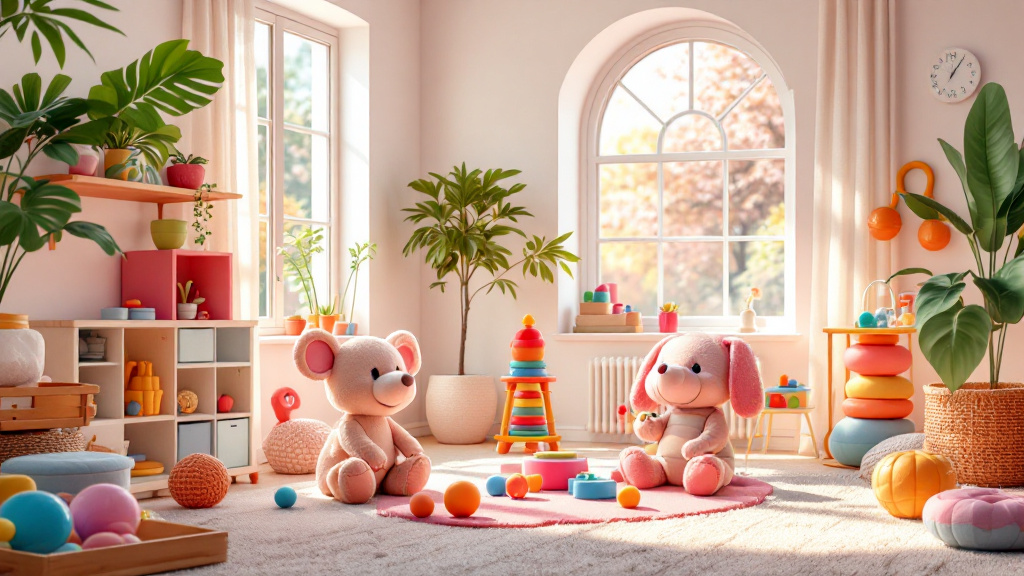
The Role of ABA Therapy in Preparing Children for Independent Living

How ABA Therapy Teaches Communication and Social Skills

How School-Based ABA Services Help Students with Autism Thrive
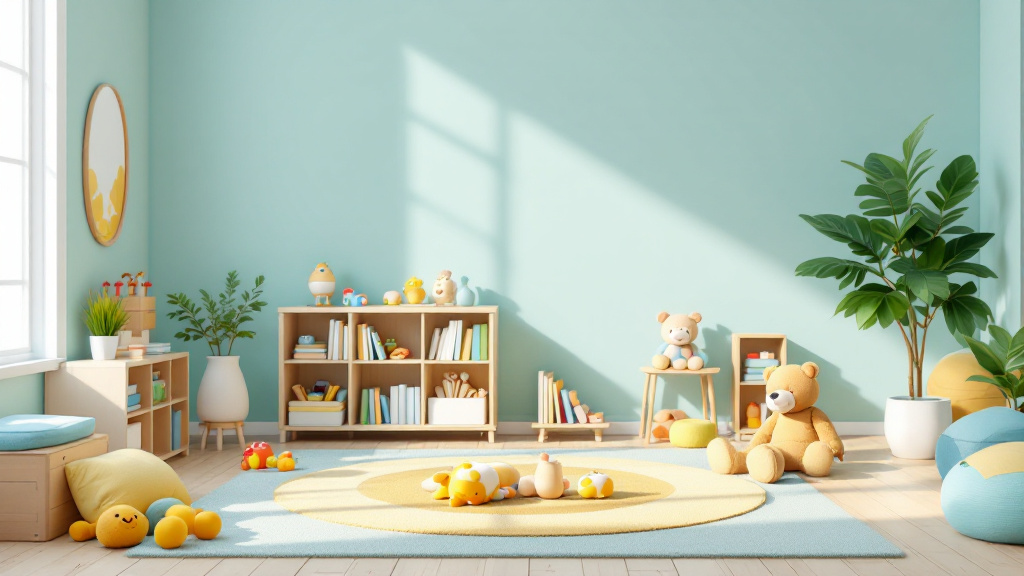
How ABA Therapy Helps Develop Patience and Waiting Skills

How to Support Your Child’s Social Interactions Using ABA Techniques
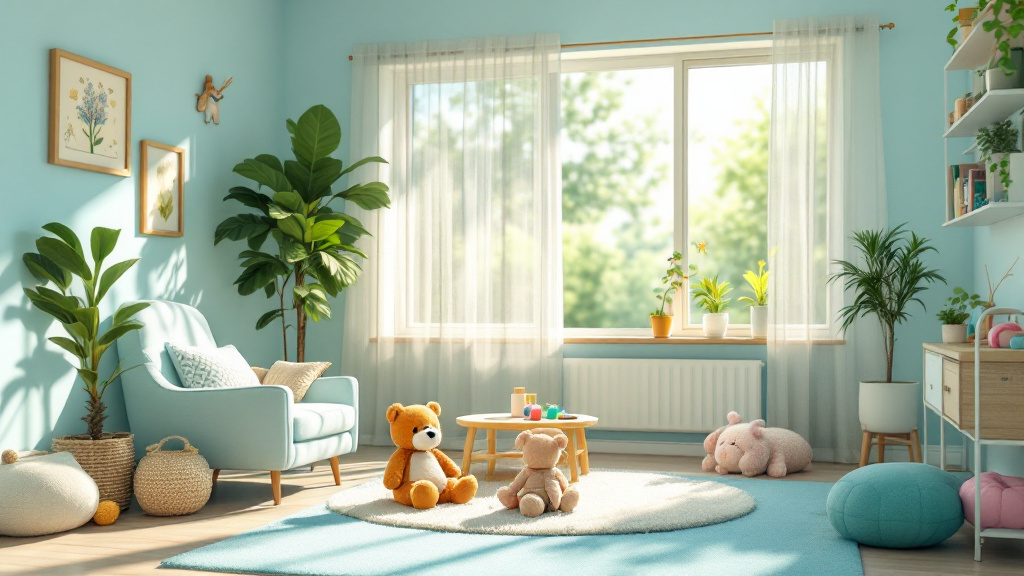
How ABA Therapy Addresses Anxiety and Fear Responses in Children

The Role of Play-Based ABA Therapy in Skill Development

How ABA Therapy Helps Build Confidence in Children with Autism

The Benefits of Center-Based ABA Therapy for School Readiness

The Role of ABA Therapy in Building Emotional Intelligence

How to Use Differential Reinforcement in ABA Therapy

Exploring Different ABA Techniques and Strategies

How to Prepare for IEP Meetings When Seeking ABA Therapy Support

How to Use ABA Therapy to Develop Resilience and Coping Mechanisms

How to Work with ABA Therapists to Set Realistic and Achievable Goals

How to Recognize Burnout in ABA Providers and Address It

The Connection Between ABA Therapy and Improved Social Skills

How ABA Therapy Helps Address Aggressive Behaviors
.jpeg)
Does Processed Food Cause Autism?

The Benefits of ABA Therapy for Adolescents with Autism

How to Reinforce ABA Strategies at Home for Consistent Progress

How to Create a Positive Learning Environment at Home with ABA

Autism And Dementia: The Connection and Differences

How ABA Therapy Supports a Lifetime of Learning and Growth

The Role of Functional Behavior Assessments in ABA

How ABA Therapy Helps with Anger Management Skills

How to Address Food Selectivity Using ABA Techniques

How ABA Therapy Supports a Smooth Transition to Middle and High School

How to Address Perseveration in ABA Therapy
Contact us
North Carolina, Tennessee, Nevada, New Jersey, Utah, Virginia
New Hampshire, Maine
Massachusetts, Indiana, Arizona, Georgia
.avif)


